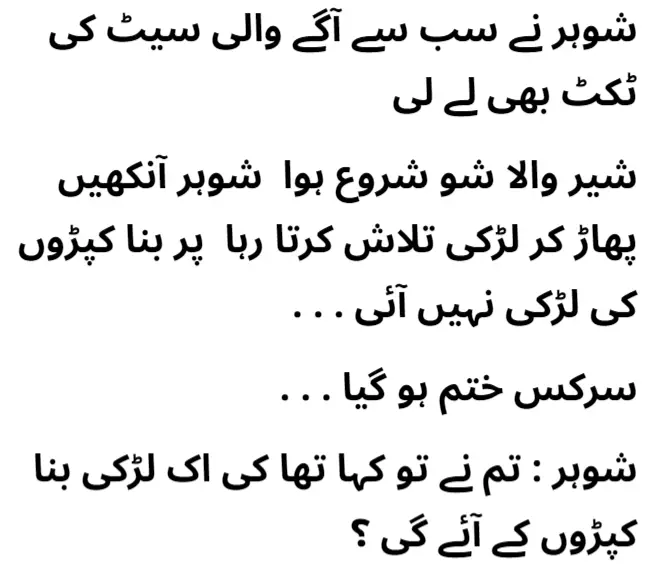“Mindfulness and Meditation: Tools for Mental Wellness” is a powerful topic that highlights how mindfulness practices can reduce stress and enhance mental clarity. Here’s how an article on this subject could be structured:
Introduction
- Defining Mindfulness and Meditation: Introduce mindfulness as the practice of being fully present and engaged in the moment, and meditation as a technique used to focus the mind and achieve a state of calm.
- The Growing Popularity of Mindfulness: Discuss the increasing recognition of mindfulness and meditation as effective tools for improving mental wellness.



The Science Behind Mindfulness and Meditation
-
How Mindfulness Affects the Brain:
-
Neuroplasticity: Explain how mindfulness can lead to changes in the brain’s structure, particularly in areas related to attention, emotion regulation, and self-awareness.
-
Stress Reduction: Discuss how mindfulness lowers cortisol levels, the hormone associated with stress, and activates the parasympathetic nervous system, promoting relaxation.
-
Meditation and Mental Health:
-
Improved Focus and Concentration: Explore how regular meditation practices enhance focus, attention, and cognitive performance.
-
Emotional Regulation: Discuss how meditation helps in managing emotions, reducing reactivity, and fostering a sense of emotional balance.
-
Increased Resilience: Highlight how meditation strengthens the ability to cope with stress and adversity by promoting mental resilience.
Benefits of Mindfulness and Meditation for Mental Wellness
-
Reducing Stress and Anxiety:
-
Mindful Breathing Techniques: Introduce breathing exercises that help calm the mind and reduce anxiety.
-
Body Scan Meditation: Explain how body scan meditation can relieve tension and promote relaxation by bringing awareness to different parts of the body.
-
Enhancing Emotional Well-being:
-
Gratitude Practices: Discuss how incorporating gratitude into mindfulness practices can enhance feelings of happiness and contentment.
-
Loving-Kindness Meditation: Explain the practice of loving-kindness meditation, which involves sending positive intentions to oneself and others, fostering compassion and emotional warmth.
-
Improving Mental Clarity and Focus:
-
Mindful Awareness: Discuss how practicing mindfulness enhances clarity of thought, improves decision-making, and reduces mental clutter.
-
Focus Meditation: Introduce meditation techniques that improve concentration, such as focusing on a single point of attention, like the breath or a mantra.
-
Promoting Better Sleep:
-
Mindful Sleep Preparation: Suggest mindfulness techniques that can help prepare the mind and body for restful sleep, such as mindful breathing or progressive muscle relaxation.
-
Meditation for Insomnia: Discuss how meditation can be used as a tool to combat insomnia by calming the mind and reducing the impact of racing thoughts.
-
Supporting Mental Health Disorders:
-
Mindfulness-Based Stress Reduction (MBSR): Explore the benefits of MBSR, a structured program that uses mindfulness to help individuals cope with stress, anxiety, and chronic pain.
-
Mindfulness-Based Cognitive Therapy (MBCT): Discuss how MBCT combines mindfulness practices with cognitive therapy techniques to prevent the recurrence of depression and manage anxiety.
Practical Tips for Incorporating Mindfulness and Meditation into Daily Life
-
Start with Small Steps:
-
Short Sessions: Encourage beginners to start with short meditation sessions, gradually increasing the duration as they become more comfortable.
-
Incorporate Mindfulness into Routine Activities: Suggest practicing mindfulness during everyday activities, such as eating, walking, or even brushing teeth, to make it a natural part of daily life.
-
Creating a Mindful Environment:
-
Designating a Meditation Space: Advise readers on setting up a quiet, comfortable space dedicated to mindfulness and meditation practice.
-
Eliminating Distractions: Recommend minimizing distractions by turning off devices and creating a serene environment conducive to meditation.
-
Using Guided Meditations and Apps:
-
Exploring Resources: Suggest using guided meditations or mindfulness apps for beginners who may find it challenging to meditate on their own.
-
Consistency is Key: Emphasize the importance of making mindfulness and meditation a regular practice to reap long-term benefits.
-
Mindfulness in Social Interactions:
-
Mindful Listening: Encourage practicing mindful listening, where one pays full attention to the speaker without planning a response or getting distracted.
-
Responding with Intention: Advise on responding thoughtfully rather than reacting impulsively in conversations, promoting more meaningful and compassionate interactions.
Overcoming Common Challenges in Mindfulness and Meditation
-
Dealing with Distractions:
-
Acknowledging Thoughts: Teach readers to acknowledge distracting thoughts during meditation without judgment and gently bring their focus back to their breath or point of concentration.
-
Patience and Persistence: Encourage persistence, reminding readers that it’s normal to struggle with distractions and that mindfulness is a skill that improves with practice.
-
Finding Time to Practice:
-
Micro-Mindfulness Practices: Introduce the concept of micro-mindfulness, where individuals take brief moments throughout the day to practice mindfulness, such as taking a few deep breaths before a meeting.
-
Scheduling Mindfulness: Suggest setting aside specific times each day for mindfulness practice, treating it as an important commitment to mental well-being.
-
Managing Expectations:
-
Letting Go of Perfection: Advise readers to let go of the expectation of a “perfect” meditation session, understanding that mindfulness is about the process rather than achieving a particular outcome.
-
Being Kind to Yourself: Encourage self-compassion, reminding readers that it’s okay to have days when mindfulness feels challenging, and to approach the practice with kindness and patience.
Mindfulness and Meditation in Different Contexts
-
Mindfulness in the Workplace:
-
Reducing Work-Related Stress: Discuss how mindfulness can be used to manage stress and improve focus in the workplace, leading to increased productivity and job satisfaction.
-
Mindful Breaks: Suggest incorporating short mindfulness breaks into the workday to recharge and prevent burnout.
-
Mindfulness in Education:
-
Benefits for Students: Explore how mindfulness practices can help students manage stress, improve concentration, and enhance learning outcomes.
-
Mindful Classrooms: Discuss the integration of mindfulness into classroom settings, where teachers use mindfulness exercises to create a calm and focused learning environment.
-
Mindfulness in Healthcare:
-
Supporting Patients: Highlight how mindfulness and meditation are used in healthcare settings to help patients cope with chronic pain, anxiety, and other health conditions.
-
Practitioner Self-Care: Discuss the role of mindfulness in healthcare providers’ self-care, helping them manage stress and prevent burnout.
Conclusion
- The Transformative Power of Mindfulness: Summarize the profound impact that mindfulness and meditation can have on mental wellness, reducing stress, improving mental clarity, and enhancing overall well-being.
- Encouraging Regular Practice: Encourage readers to make mindfulness and meditation a regular part of their lives, highlighting that even small, consistent efforts can lead to significant benefits over time.
- Call to Action: Urge readers to start their mindfulness journey today, whether by trying a short meditation, practicing mindful breathing, or simply being present in the moment.
This structure provides a thorough exploration of the benefits of mindfulness and meditation for mental wellness, offering both scientific insights and practical advice for incorporating these practices into daily life.




